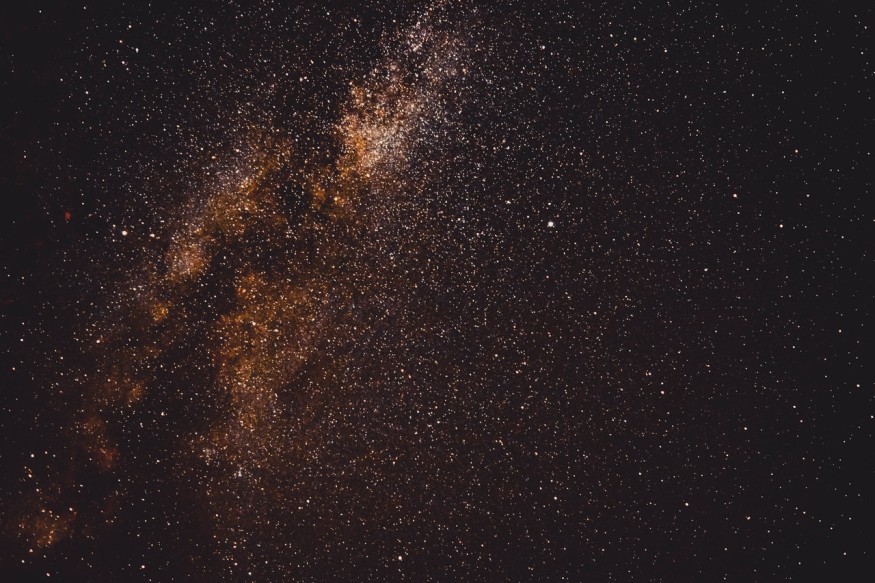The universe gives us a lot of discoveries to think about. Some of them are answered, some are in progress, and many are still undefined. But what about the universe itself? Is it still expanding as the big bang theorized? Does the universe have an end?
The infinity of the universe is one of the most complex topics in science. At this moment, we still have no clue about the size and shape of the universe. We still don't know where it begins and where it will end. The certainty of the infinite universe is still blurry.
The boundaries of the universe, however, are being investigated by many experts. The possibility of the universe being limitless and having an end depends on the universe's characteristics and physical features that we can identify. It includes the shape and size, and ultimately, the scope of how much we can observe.
Shape and Size of the Universe is Like a Sheet of Paper, Theory Suggests

The shape and size of the universe are possible to be relative to each other. Since it has been a hot topic for centuries, cosmology experts have been speculating that the universe would likely be in form of three possible shapes. Big Think reports that these shapes are dependent on the curvature of our space. The first is that the universe is simply flat, with no curvature, but infinite. The second is it could be shaped like a horse saddle, with negative curvature and infinite. The thirds and final theory is that it could be compact, with a sphere-like shape, and also infinite.
John Mather, James Webb Space Telescope's chief scientist, NASA's Goddard Space Flight Center's senior astrophysicist, and Nobel Prize winner in cosmology, suggests that through the observation of cosmic microwave background radiation or CMB, we can determine that the shape of the universe is flat, no curvature, and infinite, and is still as what it is since the big bang took place. Mather compared the shape of the universe to an endless sheet of paper. He added that in every direction we might go, the appearance of the universe would stay just the same, Discover Magazine reports.
The size of the observable universe stretches to 46.5 billion light-years in every direction. The diameter of the universe based on the current calculation is about 93 billion light-years. The age of the universe is also a key to finding the edge of the observable universe. It took 13.8 billion light-years for the first light to reach us, which is the same figure as the age of the universe. Since its birth, the universe has continued to expand and appears to be speeding up. Today, the estimated edge of the observable universe is 46.5 billion light-years away.
Measurement of the Universe and What We Know So Far
Galaxies inside the space of the universe vary from 200 billion to 2 trillion. According to the European Space Agency, each of these estimated galaxies has an average of around 100 billion stars. These numbers have been a product of much research, including the cosmic distance ladder and parallax measurement.
With the research heavily relying on physical observation and estimation, there isn't stronger evidence that concludes whether the universe is finite or infinite. In addition, there are still the unobserved regions of the universe in which the data are still not feasible. It may take more studies, years, and additional pieces of equipment for us to determine the exact if the universe has an end.
Check out more news and information on Space on Science Times.












